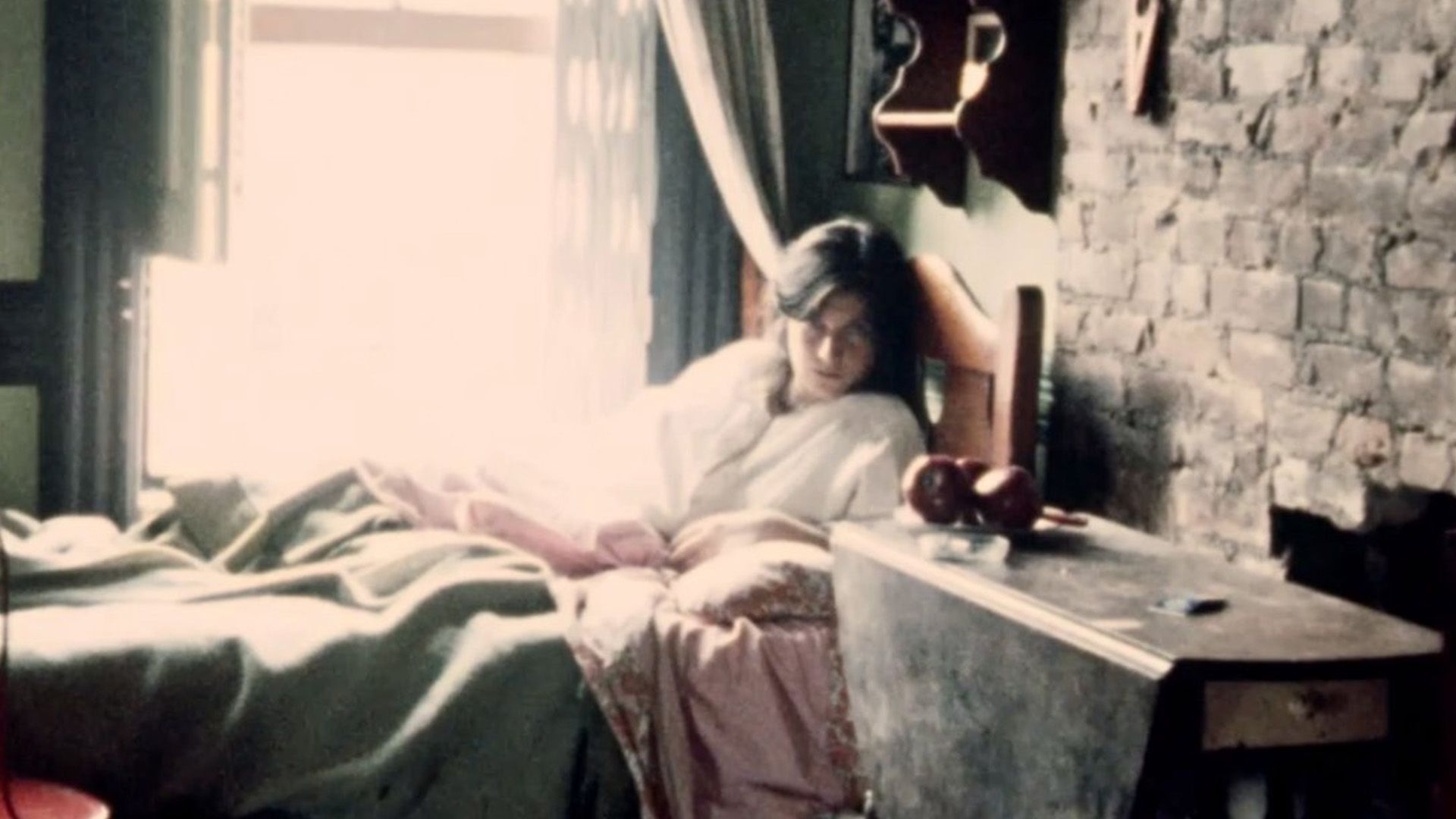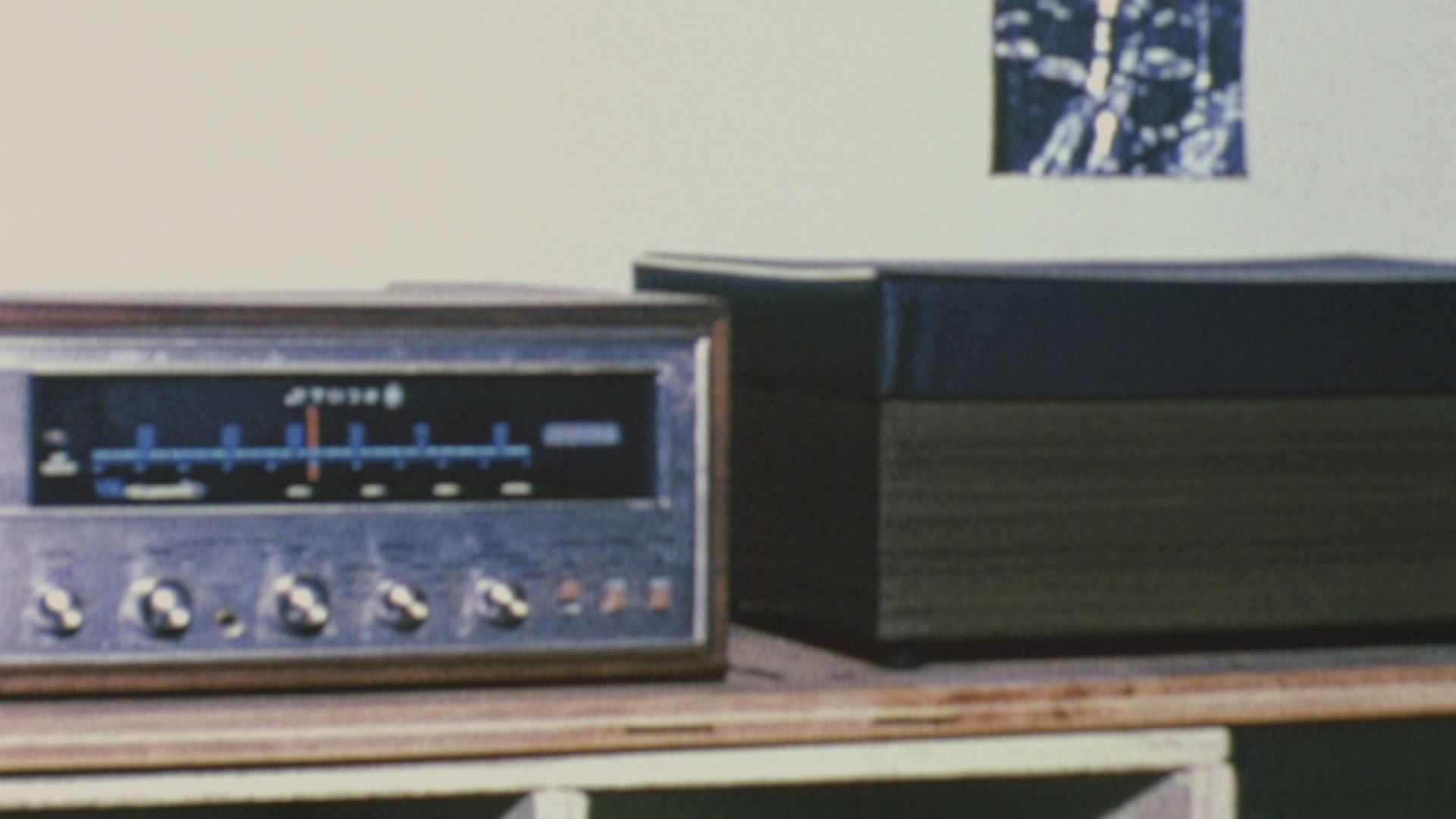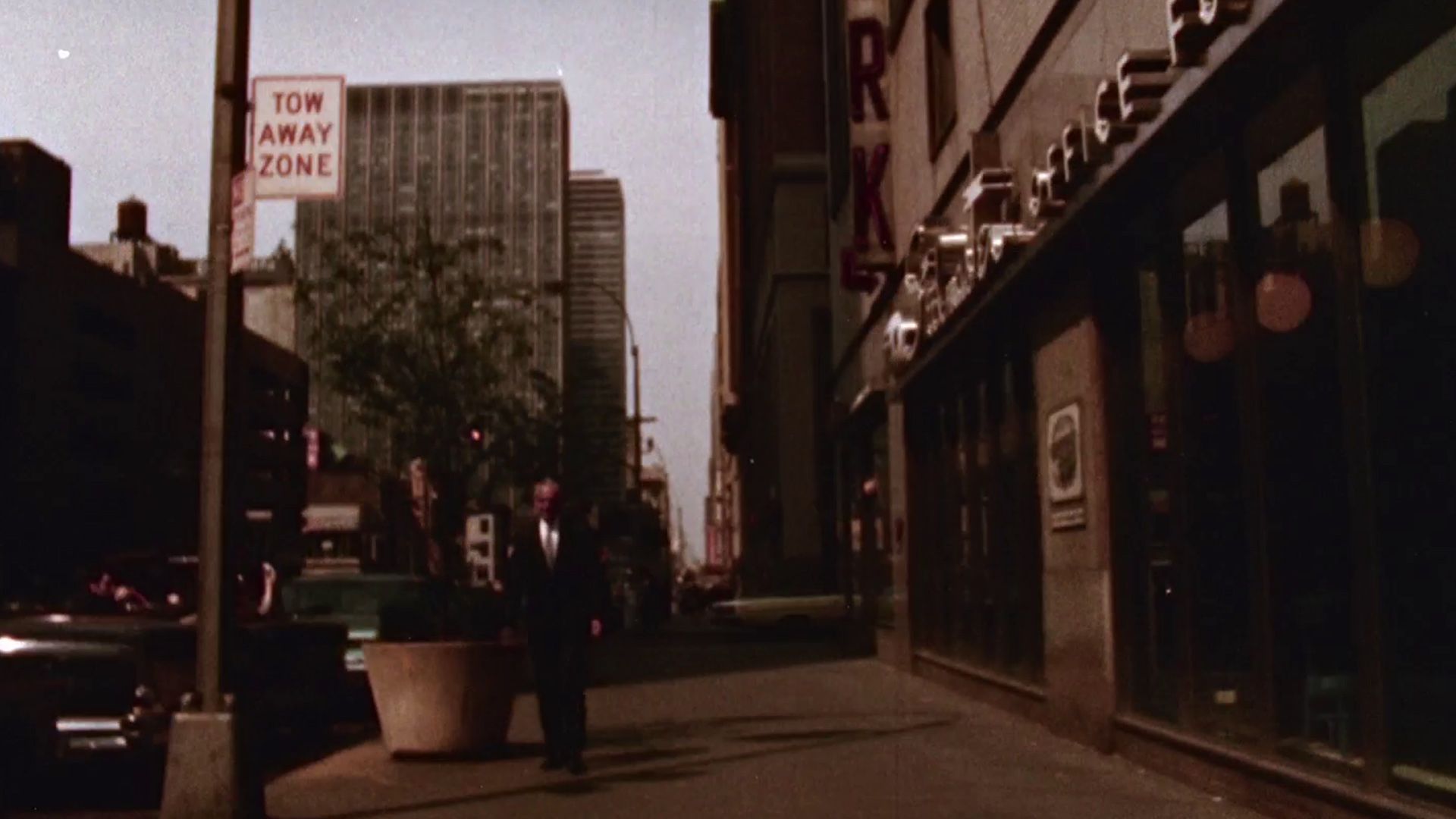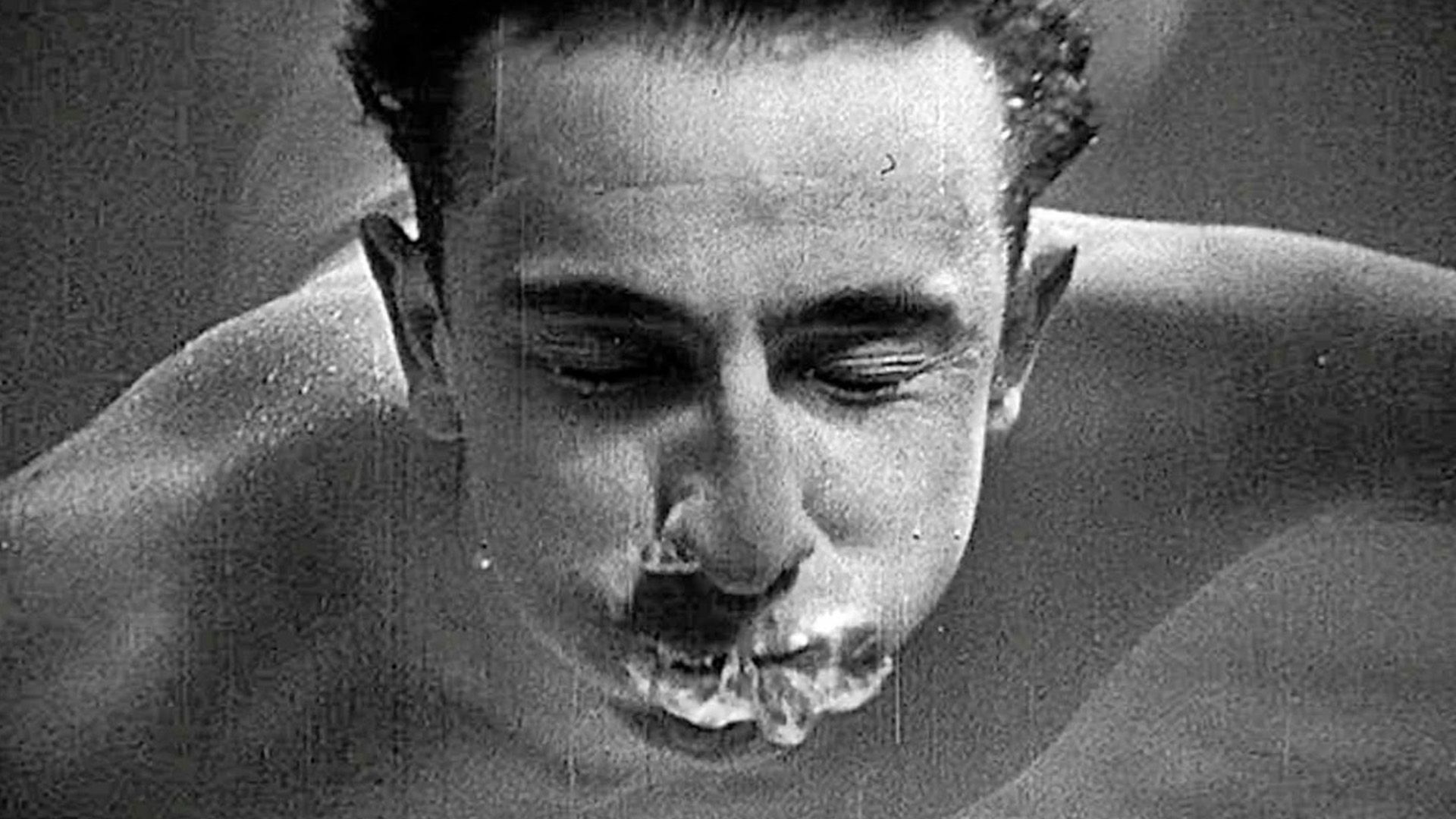EDUCATIONAL ACTIVITIES
AN ILLUSTRATED CONFERENCE BY JEAN-CLAUDE ROUSSEAU
Saturday May 29 | 6:00 pm | Filmoteca de Galicia | Get your free ticket here
“Camera, sound recorder, keep me away from the intelligence that makes things so complicated.” This note on the cinematographer by Robert Bresson is one of the structuring principles of this lecture, a sort of carte blanche granted to filmmaker Jean-Claude Rousseau, who, before shooting his first film in super 8 (Jeune femme à sa fenêtre lisant une letter) had the privilege to experience some of the great turning points in the history of avant-garde cinema: the late 70s in New York and the early 80s in Paris. The films featured in this section share a common trait: the empiric plays a major role in all of them, with special attention given to those phenomena one has lived, felt, and apprehended by experience. To fight against superfluous labels and genre classifications, reconciling poles that are thought to be irreconcilable only because they’re distant: such is the goal of a program based in affinities. Unexpected correspondences that spread through manifestations and commotions, temporary actions and propulsions, body states, and, above all, movements in all its forms.
Francisco Algarín Navarro and Carlos Saldaña

LA CHAMBRE | Chantal Akerman, Belgium, 1972, 16mm, 11 min.
Three 360º panoramic scenes show us around a room. A succession of still lifes; the gestures and poses of a woman lying on the bed change with every rotation of the camera, matching the speed of the single shot. During the first shot, she stays still, staring at the camera. During the second, we see her lying on the bed. During the third shot, she bites into an apple.

STANDARD TIME | Michael Snow, Canada, 1967, 16mm, 8 min.
A camera, constantly turning horizontally and vertically inside an apartment, invites us to see physical movement as a condition for spatiotemporal perception. A woman and a cat, furniture and trinkets, sound waves, and ethereal voices. Casual conversations are interwoven with commentaries: the impulses of the repeated panoramic shots, and the striking stops that precede every cut invite us into a state of revelation while destroying all possible objectivity in the act of seeing and hearing.

CÉSARÉE | Marguerite Duras, France, 1979, 35mm, 11 min.
The hieroglyphs of the Luxor obelisks in Place de la Concorde, the arch of triumph in Carrousel (enveloped in scaffolding), Maillol’s statues in Jardin des Tuileries. A silky alternance of still shots and calm travelings gives birth to a musical poem –the voice of two historical memories: one of Berenice, queen of the Jews, and the other of Caesarea, a city of ancient Palestine that was destroyed, leaving behind only its name.

SURFACE TENSION | Hollis Frampton, USA, 1968, 16mm, 9 min.
Three sequences, two sounds: the almost inaudible voice of a man moving frantically, a digital watch, a phone that rings 37 times. A dizzying traveling along the Brooklyn Bridge, a prosaic voiceover of someone describing something in German, a fish slowly swimming forward in an aquarium by the sea, several words on the screen. With a reduced number of components, the film as a whole induces a state of evocation.

FILM SANS CAMÉRA STST | Giovanni Martedi, France, 1975, 16mm, 6 min.
Films made without a camera explore more than musical rhythms: in their paused study of the minimal variations that shake the luminous spectrum, the movements are sometimes so monotonous that one might think that the camera doesn’t even move at all. The form of the film (arte povera!) mirrors the very structure of perception.

TARIS, ROI DE L’EAU | Jean Vigo, France, 1931, 35mm, 10 min.
Different takes on the same body posture, close shots from different angles, aerial and underwater takes, disruptive close-ups, inverted movements, accelerations and decelerations, unsynchronized images and sounds, a separation between the actions and the environment. The study of Jean Taris’ swimming technique (his turns, his strokes, his breathing method) is also a study of the techniques of cinema. The water between the camera and the body alters the height and width of the filmed elements, emphasizing their volume and reflecting light. Detached from the real world, the ocean abyss becomes a private space with great transforming power.

